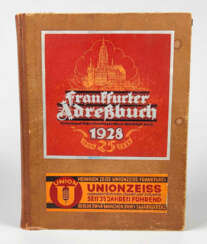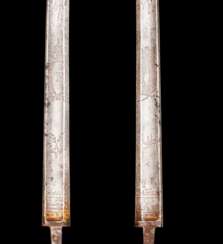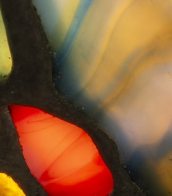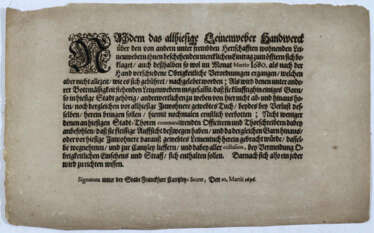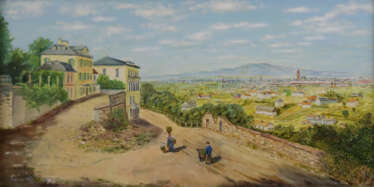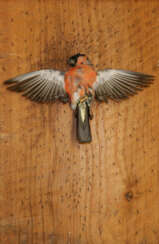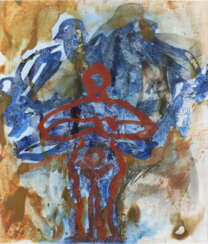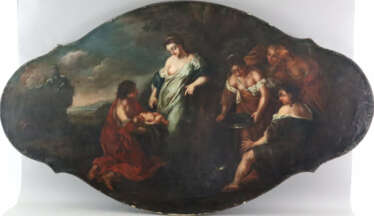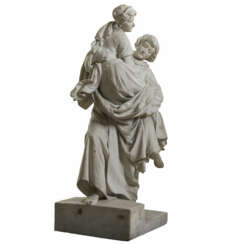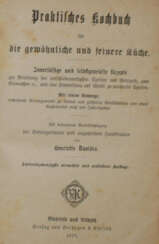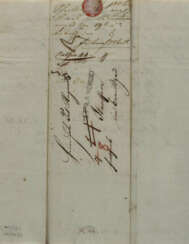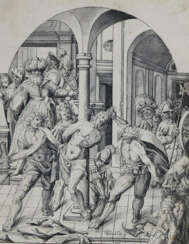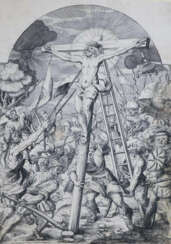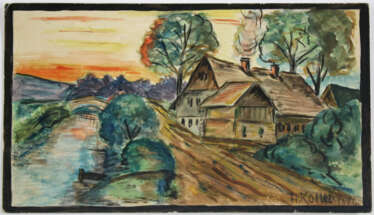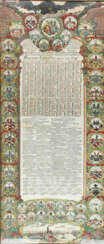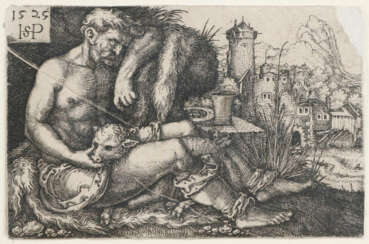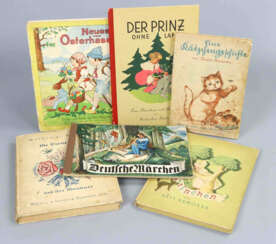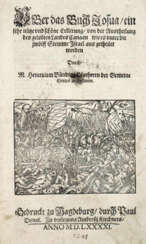59 Items by auctions and galleries:
frankfurt/m.
Lot 38 A F 4 table from the "Frankfurt Series". Vereinigte Werkstätten Munich, circa 1990, Entwurf Michael Landes, Norbert Berghof und Wolfgang Rang für Draenert, Immenstadt 1985/1986
A417: Kunsthandwerk und Antiquitäten 

Kunstauktionshaus Neumeister
A417: Kunsthandwerk und Antiquitäten
Date: 02.07.2025 14:00 UTC +02:00
Number of lots in the catalog: 194
Lot 39 A set of 6 "Frankfurt chairs" F 5. Vereinigte Werkstätten Munich, circa 1990, Entwurf Michael Landes, Norbert Berghof und Wolfgang Rang für Draenert, Immenstadt 1985/1986
A417: Kunsthandwerk und Antiquitäten 

Kunstauktionshaus Neumeister
A417: Kunsthandwerk und Antiquitäten
Date: 02.07.2025 14:00 UTC +02:00
Number of lots in the catalog: 194
Becker Jackob 1810-1872
Carl Spitzweg (1808 - 1885) 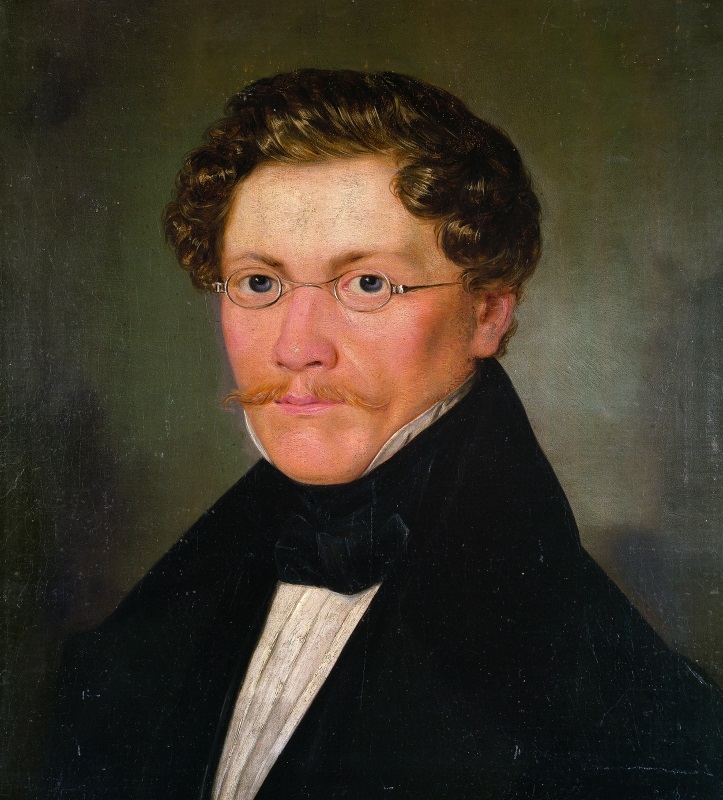 Jakob Becker (1810 - 1872)
Jakob Becker (1810 - 1872) 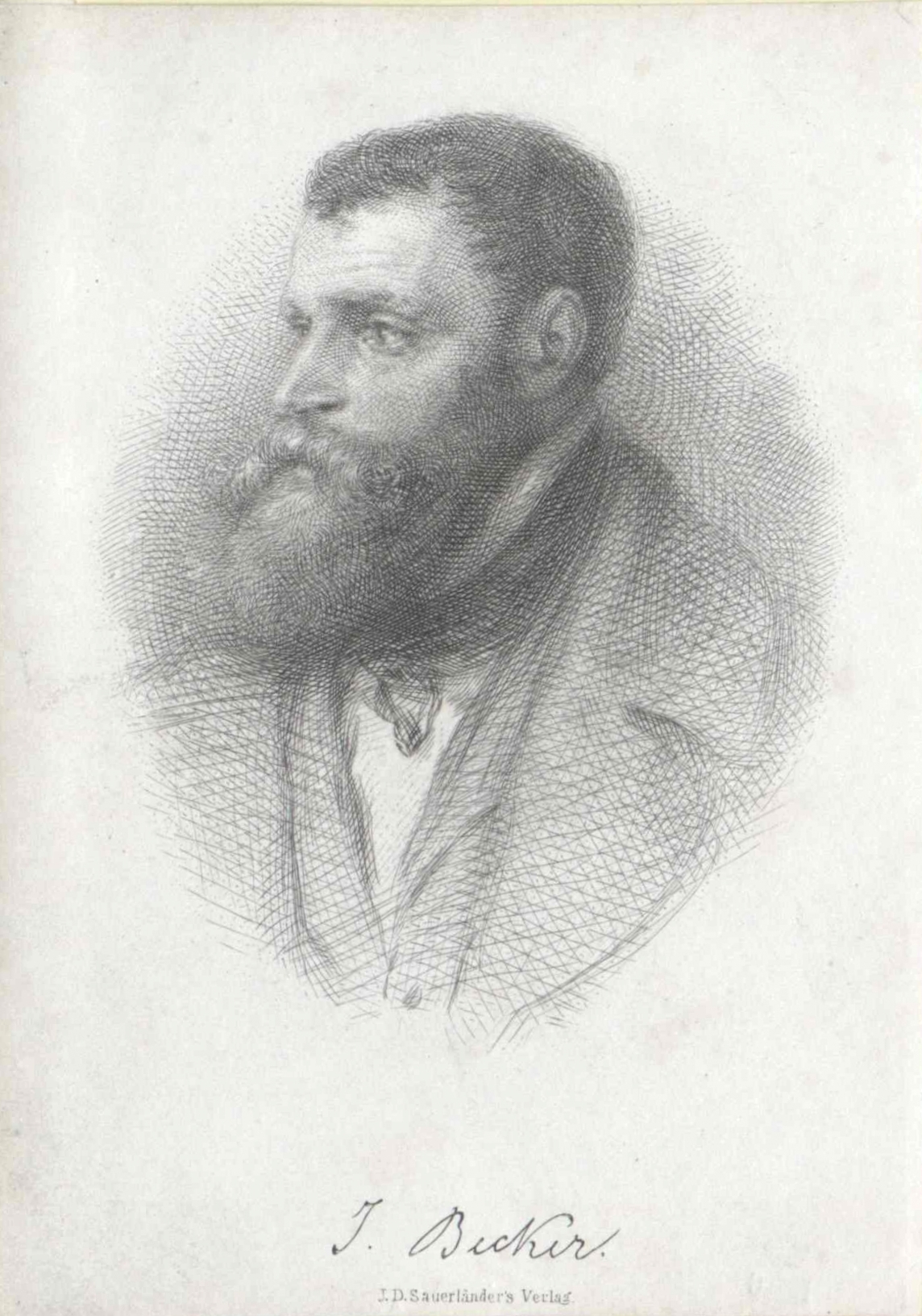 Shop Artkunst
Shop Artkunst

Carl Spitzweg
05.02.1808 - 23.09.1885
Germany
Carl Spitzweg was a German romanticist painter, especially of genre subjects. He is considered to be one of the most important artists of the Biedermeier era.

Jakob Becker
15.03.1810 - 22.12.1872
Germany

Shop
Artkunst
Germany
Number of products: 147
Lot 3203 Beham, Hans Sebald
Hans Sebald Beham (1500 - 1550) 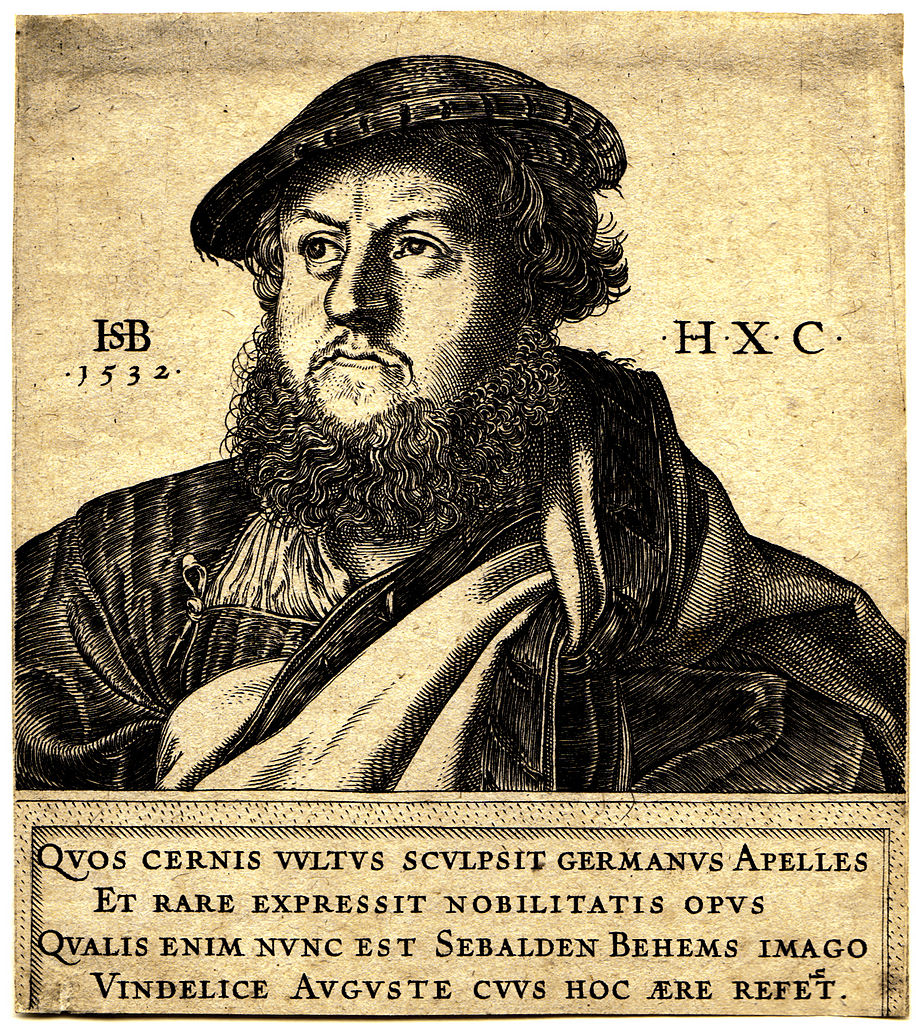 A137: Buch- und Kunstauktion 3
A137: Buch- und Kunstauktion 3 

Hans Sebald Beham
1500 - 22.01.1550
Germany
Hans Sebald Beham was a German painter and printmaker, mainly known for his very small engravings.

Auktionshaus Kiefer
A137: Buch- und Kunstauktion 3
Date: 14.02.2025 10:00 UTC +02:00
Number of lots in the catalog: 1333
Lot 466 Max Peiffer Watenphul. Ischia. Spiaggia degli Inglesi I. 1948
Max Peiffer Watenphul (1896 - 1976) 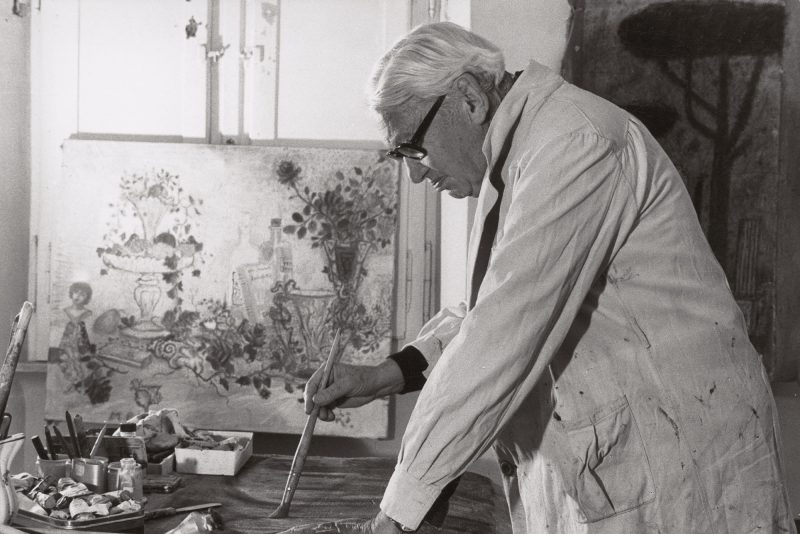 A417: Moderne und Contemporary Art
A417: Moderne und Contemporary Art 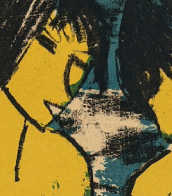

Max Peiffer Watenphul
01.09.1896 - 13.07.1976
Germany, Italy
Max Peiffer Watenphul was a German artist. Described as a "lyric poet of painting", he belongs to a "tradition of German painters for whom the Italian landscape represented Arcadia." In addition to Mediterranean scenes, he regularly depicted Salzburg and painted many still lifes of flowers. As well as oil paintings, his extensive body of work encompasses watercolours, drawings, enamel, textiles, graphic art, and photographs.

Kunstauktionshaus Neumeister
A417: Moderne und Contemporary Art
Date: 02.07.2025 17:30 UTC +02:00
Number of lots in the catalog: 95




